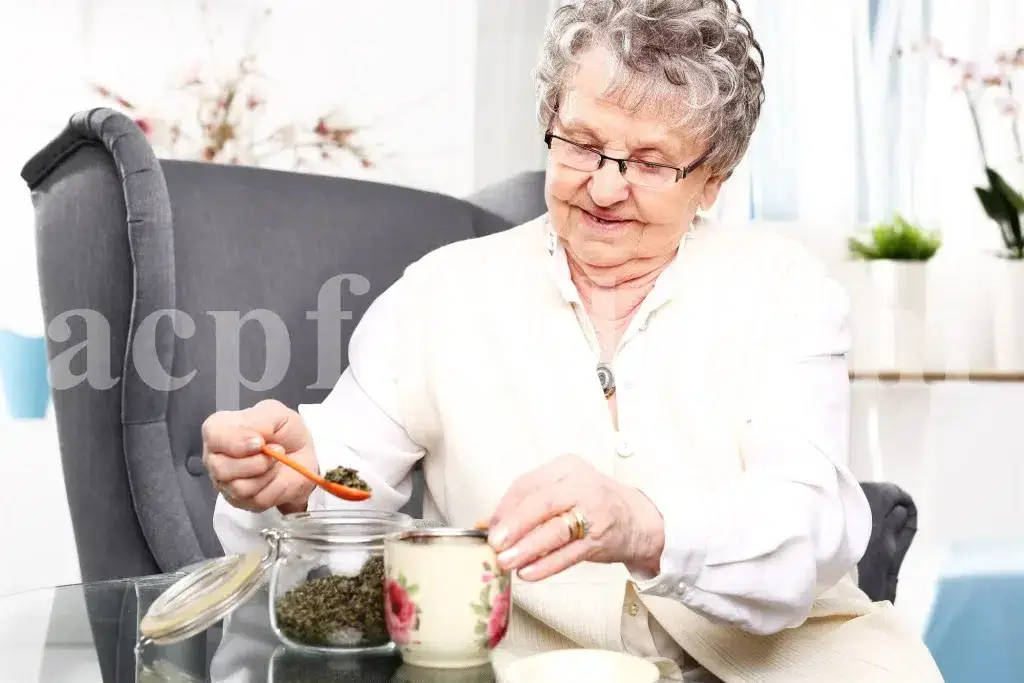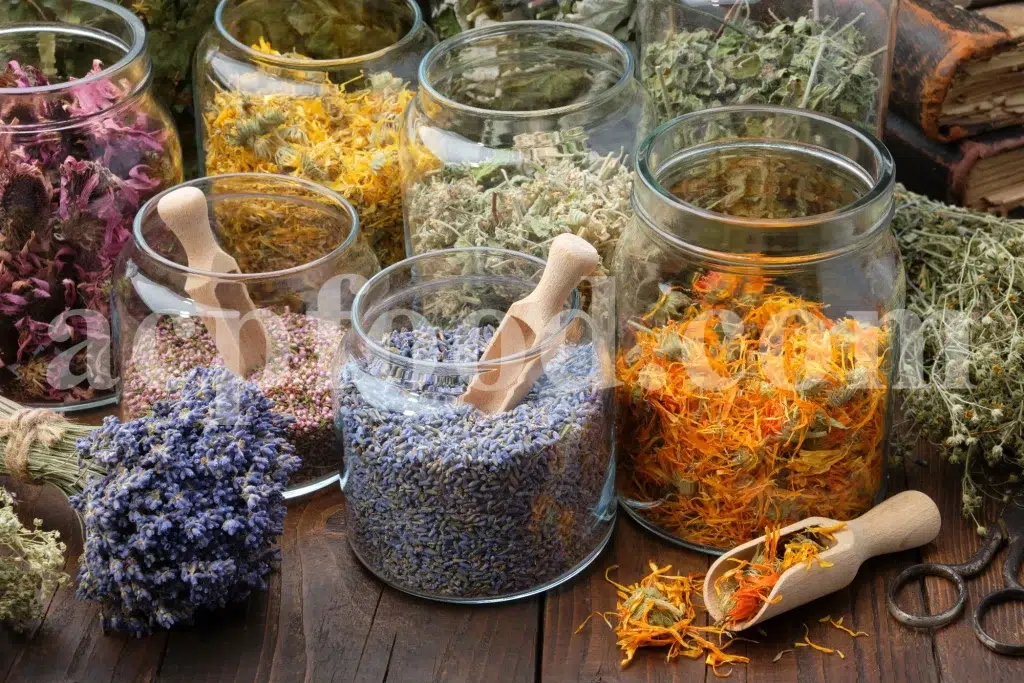There’s something deeply reassuring about a cupboard full of dried herbs, even if you’re not entirely sure what half of them do. While the pharmaceutical industry barrels forward with innovation, more and more people are glancing over their shoulders at the old ways—not out of rebellion, but curiosity. Folk remedies aren’t about rejecting science; they’re about listening to your body in a different language. These remedies feel human in a way that barcode labels don’t. And maybe, in the end, that human touch is what we’ve been missing.
Table of Contents
ToggleRooted in Rhythm, Not Reaction
Everyday Herbs, Everyday Uses
You don’t need an apothecary’s license to start exploring the herbs that have stood the test of time.
- Licorice root—often confused with the black licorice candy that barely resembles it—has long been used to soothe irritated digestion and ease inflammation when steeped into a tea.
- Dandelion, the humble garden weed, offers gentle liver support and can help your body process sluggishness that builds up in colder months.
- Milk thistle seeds, best ground and steeped or taken in tincture, are another liver ally, especially useful when your system needs a detox from processed food or one too many late nights. Then there’s
- John’s Wort, a bright yellow flower with a reputation for lifting low moods—though it’s worth knowing it can interact with certain medications.
These aren’t cure-alls, but they’re deeply practical tools if you know how to use them—and often, the first step is just getting curious.

The Generational Echo
Ask someone who still keeps a pot of thyme simmering on the stove in winter, and chances are, they’ll tell you it was their grandmother’s habit. These old methods survive not because they’re trendy, but because they’ve proven their worth across generations.
There’s something intimate about remembering what your family reached for when someone had a cough or couldn’t sleep.
This kind of memory isn’t just sentimental—it’s functional. And when you start layering your own experience on top of theirs, it becomes a living archive. That blend of old habits and modern insight quietly strengthens the way you care for yourself.
Small Rituals, Real Impact
There’s a ritualistic quality to preparing folk remedies, and it turns out, ritual might be part of the remedy. Whether you’re steeping herbs, pounding roots, or applying a salve, the act itself slows you down. That slowness matters. We’re so used to the immediacy of pills and prescriptions that we forget the body sometimes heals best when the mind is involved in the process. Old remedies aren’t just about what goes into your body—they’re about how you engage with your body.
Turning Notes into Know-How
Keeping track of herbal recipes and dosages isn’t just for obsessive note-takers—it’s how folk medicine transforms from memory into method. As you start collecting remedies from different sources, organization becomes the invisible ingredient that makes everything more useful. You might find yourself flipping through scribbled notes or scanned pages, trying to remember if it was elderberry or echinacea that helped last winter. That’s where digital tools can quietly elevate your practice. Something as simple as page addition in PDFs turns scattered research into a navigable, living document—more field guide than file folder.

Science Isn’t the Enemy Here
It’s tempting to frame folk remedies and modern medicine as opposites, but they don’t need to be in conflict. Plenty of traditional practices have found their way into clinical studies, validating what people already knew by feel. Willow bark led us to aspirin. Fermented cabbage isn’t just a side dish—it’s a probiotic powerhouse. When you respect the past without romanticizing it, you make room for both approaches to coexist. No one’s suggesting you treat pneumonia with a poultice, but for daily wellness? The old ways still hold water.

Tending to More Than Just the Body
A surprising part of folk healing is how much of it addresses the emotional body—grief, worry, restlessness. Herbs like lemon balm and valerian root weren’t just for stomach upset; they were offered after loss, or during long winters when spirits ran low. That emotional layer often gets flattened in the efficiency of modern care. A warm compress or a quiet tea ritual doesn’t just soothe symptoms—it offers a kind of comfort that’s harder to quantify. And right now, with anxiety being practically ambient, that comfort matters more than ever.
You don’t need to believe every old tale or toss out your medicine cabinet to make space for what folk remedies can offer. At their best, they connect you to something slower, quieter, and older than the noise we usually live in. They ask you to notice—not just what hurts, but what helps. Whether you’re sipping elderflower in a city apartment or rubbing arnica into your knees after a hike, you’re participating in something that stretches beyond trend. It’s about trust—both in your body and in the idea that healing doesn’t always have to come in a plastic bottle. Sometimes it starts in your kitchen, with a pot, a plant, and a little bit of patience.
Discover the finest medicinal herbs, rare resins, and premium dried fruits sourced from the rich lands of Iran, brought to you by ACPFOOD. Place your bulk order today and enjoy seamless global delivery to your doorstep in the EU, Canada, or the USA.

